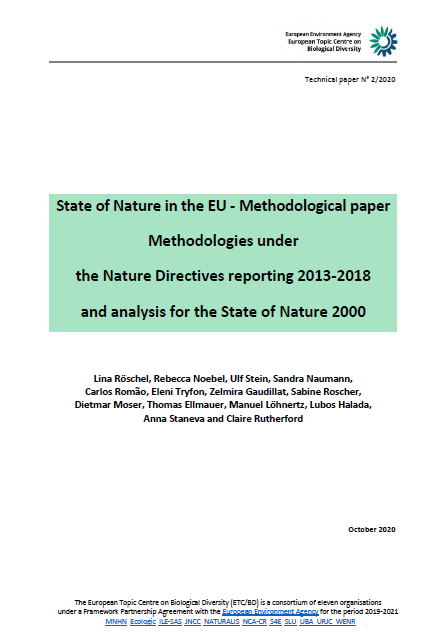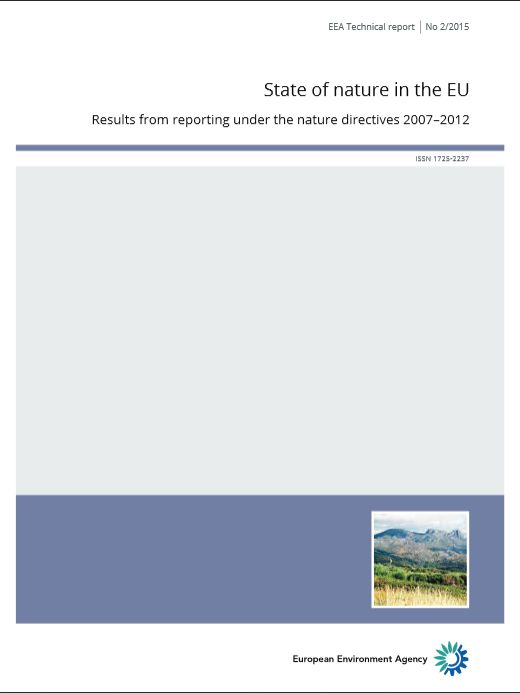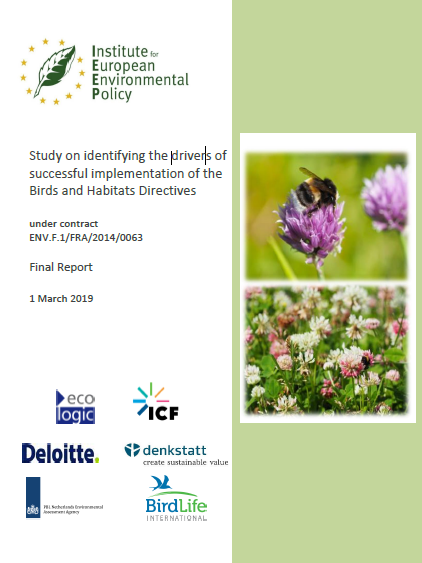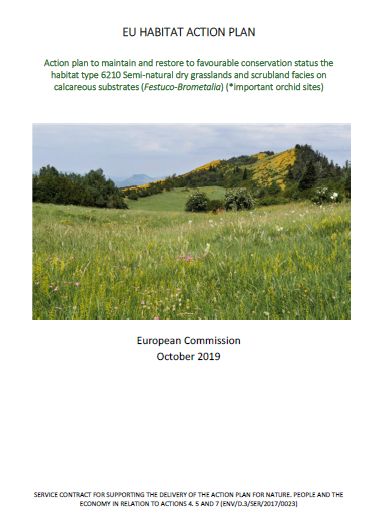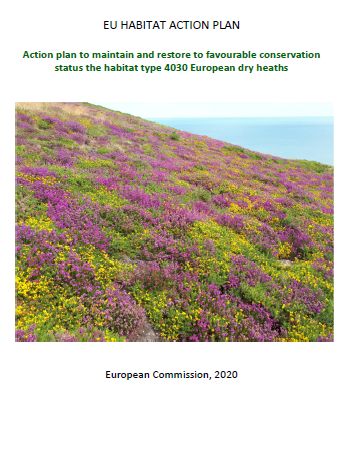State of Nature in the EU (2013-2018)
Results from reporting under the nature directives 2013-2018
- Publication
- Citation
EEA, 2020: State of nature in the EU. Results from reporting under the nature directives 2013–2018, Technical report No 10/2020, European Environment Agency, Copenhagen.
The European Environmental Agency (EEA) published their landmark report on the state of nature in the EU on 19th October 2020, representing the most comprehensive assessment of the status of European nature and biodiversity to date. Supported by Ecologic Institute through the European Topic Centre on Biological Diversity (ETC-BD), the publication analyses data reported by the Member States under the EU Birds and Habitats Directives during the period from 2013 to 2018. The State of Nature 2020 provides invaluable insights about the impact of conservation measures that have been applied as well as remaining gaps. The findings indicate that the majority of Europe's biodiversity continues to decline at an alarming rate, threatening the survival of thousands of animal species and habitats.
Worsening state of protected habitats and species
The State of Nature 2020 highlights that only 15 % of European habitats protected by the EU Habitats Directive have a good conservation status, while the vast majority have a poor or bad conservation status. For animal and plant species, the results are slightly more positive, but the majority of assessments (63 %) nevertheless still have an unfavorable conservation status. Looking at trends over time, the majority of habitats and species with an unfavourable conservation status are either stable or further deteriorating. Only 9 % of habitats and 6 % of species with an unfavorable status are showing positive trends. A separate assessment on bird populations shows an increase of 6 % in the last 6 years in the proportion of species with poor and bad status, now reaching a total of 40 %.
Pressures and responses in Europe
Findings indicate that the agricultural sector is the major driver behind this ongoing biodiversity loss. Key pressures is the intensification and overuse of fertilisers and pesticides, affecting most European habitats and species either directly or indirectly. Further threats include the overexploitation of the land and seas as well as urban development, pollution and forestry.
EU nature legislation requires Member States to respond to these pressures via targeted conservation measures. The Natura 2000 network of protected areas serves as a key instrument to conserve European biodiversity, covering around 20 % of the EU’s terrestrial land area and 10 % of its seas. The network strives to protect core breeding and resting sites for rare and threatened species as well as rare natural habitat types. The State of Nature 2020 shows that heath habitats and plant species are particularly well covered by the network, whereas forest habitats, marine species and breeding birds have a rather low coverage.
Additional analyses show that for many habitats and species, the Natura 2000 network and other conservation measures are linked to improvements in conservation status. Currently, most measures refer to maintenance rather that restoration activities. This requires a shift in approach, as at least 226 000 km2 of habitats have been found to need restorative measures to ensure their long-term viability.
Missing the EU Biodiversity targets to 2020
Finally, the State of Nature outlines the progress made towards achieving targets 1 and 3 of the EU Biodiversity Strategy to 2020. Target 1 aims to achieve the full implementation of the Habitats and Birds Directives and maintain and restore many species and habitats to a good conservation status by 2020. This target was not met, falling short by 20 % for birds, 12 % for habitats and 2 % for species. Target 3 aims to optimise agriculture and forestry’s benefits for biodiversity, but has failed to make real progress, especially concerning agriculture (only 8 % of agricultural habitats are assessed as improving).
With this wealth of information, the report underscores the urgent need to increase efforts to halt the decline of European biodiversity. Amongst other measures, additional effort is needed to tackle the major impacts, develop new indicators to evaluate the impact of the Natura 2000 network on biodiversity policy objectives and ensure sufficient financial and human capacities to fully implement the nature directives and the current Biodiversity Strategy to 2030.
The report is available for download.
